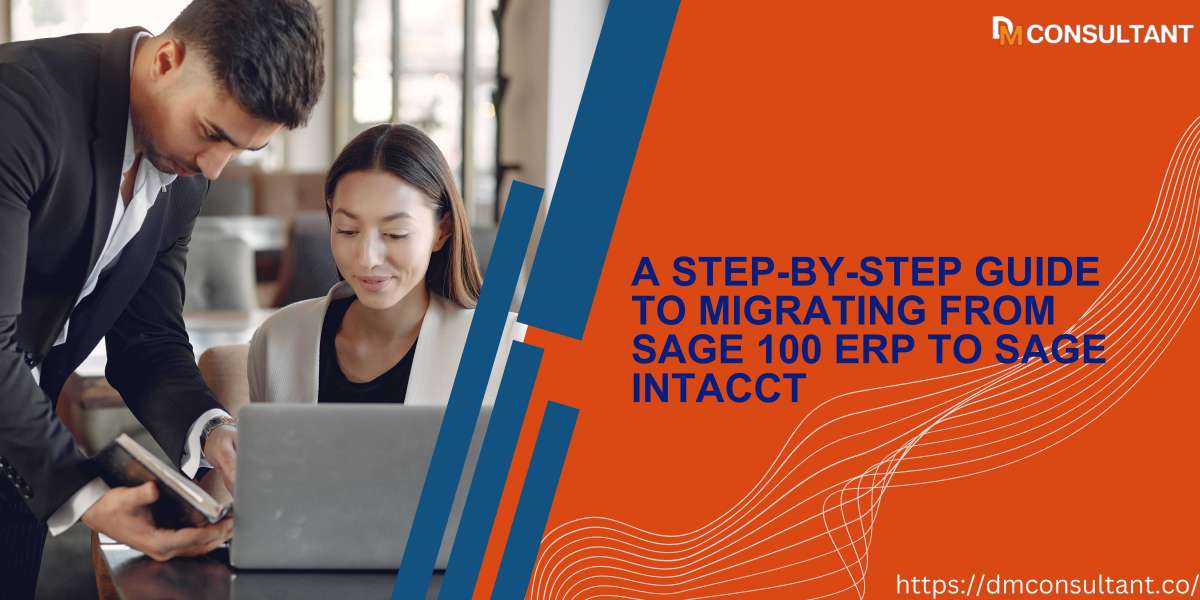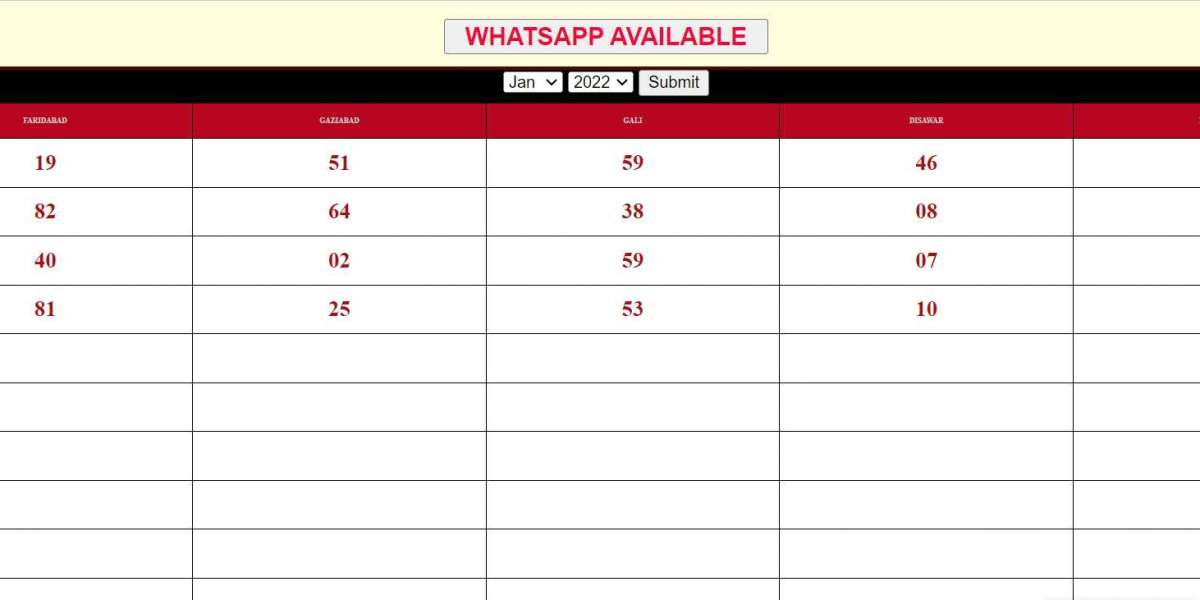Are you ready to take your business management software to the next level? Say goodbye to Sage 100 ERP and hello to Sage Intacct! In this step-by-step guide, we will walk you through the process of migrating from one system to another seamlessly. Get ready to streamline your operations, improve efficiency, and elevate your financial management with Sage Intacct. Let's dive in!
What is Sage 100 ERP and Sage Intacct?
Sage 100 ERP and Sage Intacct are two popular software solutions designed to help businesses manage their financial operations. Both platforms offer robust features and tools that streamline processes, improve efficiency, and provide valuable insights for decision-making.
While both software solutions serve similar purposes in helping businesses manage their finances effectively, they have significant differences in terms of deployment method, pricing model, features offered, and target market.
Deployment Method:
Sage 100 ERP is an on-premise software that requires installation on local servers or computers within the organization's premises. This means that all data is stored locally within the company's network infrastructure.
In contrast,Sage Intacct is a cloud-based solution hosted on remote servers by the provider. This allows users to access the system from anywhere with an internet connection without worrying about managing hardware or software maintenance.
Pricing Model:
Sage 100 ERP follows a traditional perpetual licensing model where clients pay upfront fees for purchasing licenses along with annual support fees.
On the other hand, Sage Intacct operates under a subscription-based pricing model where customers pay monthly or yearly fees for using the software. This model also includes all updates and support services, making it more cost-effective in the long run.
Features offered:
Sage 100 ERP offers a comprehensive suite of modules that cover most financial processes. However, some advanced features such as multi-entity consolidation and project accounting are not available.
Sage Intacct, on the other hand, offers more robust and modern features to cater to the complex financial needs of growing businesses. Its focus on automation and real-time data makes it a powerful solution for organizations looking to streamline their operations.
Target Market:
Sage 100 ERP primarily serves small to medium-sized businesses with less complex financial needs, while Sage Intacct caters to mid-size companies and enterprises with more sophisticated requirements.
Both Sage 100 ERP and Sage Intacct are reputable solutions that have helped numerous businesses manage their finances efficiently. In this guide, we will discuss the step-by-step process of migrating from Sage 100 ERP to Sage Intacct for companies looking to upgrade their financial management system.
Why Migrate from Sage 100 ERP to Sage Intacct?
Migrating from one ERP system to another can seem like a daunting task, especially if you have been using the same software for a long time. However, with advancements in technology and changing business needs, it is essential for companies to constantly evaluate their systems and upgrade to more efficient solutions.
In this section, we will discuss why migrating from Sage 100 ERP to Sage Intacct is a wise decision for your business.
- Greater Flexibility and Scalability:
One of the main reasons to migrate from Sage 100 ERP to Sage Intacct is the greater flexibility and scalability offered by the latter. As your business grows, your accounting needs also become more complex. With Sage Intacct's cloud-based platform, you can easily add or remove users, modules, and functionalities as per your requirements without any hassle. This not only ensures cost-efficiency but also allows you to customize the system according to your specific needs.
- Advanced Reporting Capabilities:
Sage Intacct offers powerful reporting capabilities that go beyond standard financial reports provided by Sage 100 ERP. With its intuitive dashboards and real-time analytics, you can gain valuable insights into your company's financial performance and make informed decisions quickly. Additionally, customizable report templates allow you to create personalized reports tailored specifically to your business needs.
- Automation of Manual Processes:
Sage Intacct automates manual processes such as data entry, bank reconciliation, invoice matching, etc., reducing human errors and saving time spent on tedious tasks. This not only increases efficiency but also improves accuracy in financial reporting.
- Better Integration Options:
Integrating third-party applications with Sage 100 ERP can be challenging due to its older technology architecture. However, with its modern API architecture and open integration framework called "Platform Services," Sage Intacct offers seamless integration with other business applications such as CRM software or e-commerce platforms.
Check Out - Integrate Sage Intacct and HubSpot
- New Features and Updates:
While both Sage 100 ERP and Sage Intacct are constantly updated, Intacct's cloud-based platform allows for more frequent and quicker updates. This means that you will have access to the latest features and functionalities as soon as they are released without having to invest in costly upgrades.
Migrating from Sage 100 ERP to Sage Intacct can bring numerous benefits to your business, including increased efficiency, scalability, and better reporting capabilities. With a well-planned migration process and proper training for employees, your transition to Sage Intacct can be smooth and seamless.
Pre-Migration Preparation: Assessing Your Data and Processes
Before embarking on a migration from Sage ERP to Sage Intacct, it is important to thoroughly assess your data and processes. This will ensure a smooth and successful transition to the new system. In this section, we will discuss the key steps involved in pre-migration preparation.
- Identify Your Current Data: The first step in preparing for migration is to identify all the data that currently exists in your Sage ERP system. This includes customer records, vendor information, financial transactions, inventory levels, and any other relevant data. It is essential to have a complete understanding of your current data before moving on to the next step.
- Clean Up Your Data: Once you have identified all your data, it is crucial to clean it up before migrating to Sage Intacct. This includes removing duplicate entries, correcting any errors or inconsistencies, and ensuring that all data is accurate and up-to-date. Cleaning up your data will not only make the migration process smoother but also improve the accuracy of your new system.
Also, Read - integrate Shopify with Sage Intacct
- Evaluate Your Processes: Along with assessing your data, it is equally important to evaluate your current business processes. Are there any inefficiencies or bottlenecks that need to be addressed? Are there any manual tasks that can be automated in the new system? Identifying these areas beforehand will help streamline your processes in Sage Intacct.
- Determine What You Want To Migrate: Not all of your existing data may need to be migrated into Sage Intacct. Take some time to carefully review each component of your business and determine what needs to be transferred over versus what can be left behind or archived for future reference. This will save time and resources during the migration process.
- Plan for Customizations: If you have made customizations or added third-party applications within Sage ERP, consider how those will transfer over into Sage Intacct. It is essential to plan for these customizations beforehand so they can be smoothly integrated into the new system.
- Communicate with Your Team: Before starting the actual migration process, it is crucial to communicate with your team and involve them in the pre-migration assessment. This will help identify any potential issues or concerns and ensure that everyone is on board with the changes.
By following these steps and thoroughly assessing your data and processes, you can prepare for a successful migration from Sage 100 ERP to Sage Intacct. Taking the time to properly evaluate and clean up your data, plan for customizations, and involve your team will help make the transition as seamless as possible.
Step 1: Assess Your Current System
The first thing to consider when assessing your current Sage ERP system is its overall performance. Are there any recurring issues or errors that affect daily operations? Is the system slow or prone to crashing? These issues can be indicative of underlying problems that may impact the success of your migration.
Step 2: Plan Your Migration Strategy
Once you have made the decision to migrate from Sage ERP to Sage Intacct, it is important to create a detailed plan for the migration process. This will help ensure a smooth and successful transition without any major disruptions to your business operations.
Step 3: Prepare Your Data for Migration
Migrating from Sage ERP to Sage Intacct can be a daunting task, especially when it comes to transferring your data. However, with proper preparation and organization, this process can be smooth and efficient. In this step-by-step guide, we will discuss the important steps you need to take in order to prepare your data for migration.








